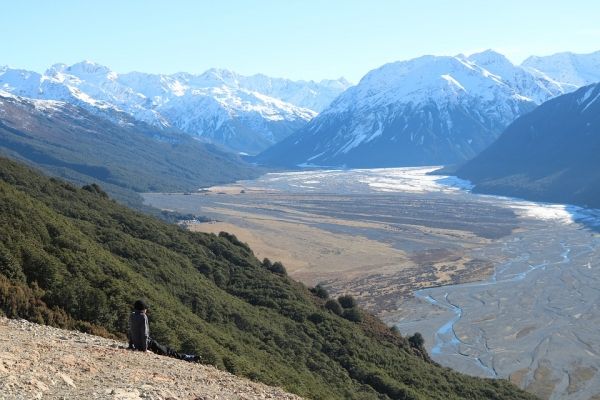Rivers flowing from the Tibetan Plateau and the surrounding high Asian mountains which support one-third of the world’s population have experienced rapid increases in annual water and sediment runoff since the 1990s, and the volume of sediment washed downstream could more than double by 2050 under the worst-case scenario, a team of scientists has found.
The cause is “amplified warming”: Since 1950, the High Mountain Asia area, or the region of Asia containing five mountain ranges including the Himalaya and Hindu Kush around the Tibetan Plateau, has warmed by about 2 degrees Celsius, twice the amount of warming worldwide. That warming is precipitating more glacier melt, permafrost thaw while annual rainfall is also increasing, the researchers note.
“These findings have far-reaching implications for the region’s hydropower, food and environmental security,” the researchers observe. The findings also highlight the under-appreciated importance of sediment fluxes and have implications for potential changes in the global carbon cycle, they add.
The research, published today in the journal Science, is led by the National University of Singapore and includes three researchers from the University of Colorado Boulder, including Irina Overeem, Jaia Syvitski and Albert Kettner, all researchers in the Institute of Arctic and Alpine Research. Overeem is also a CU Boulder associate professor of geological sciences, and Syvitski is professor emeritus of geological sciences.
Read more at University of Colorado at Boulder
Photo Credit: alimison via Pixabay


